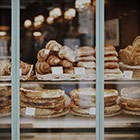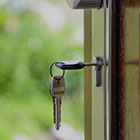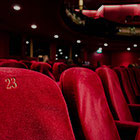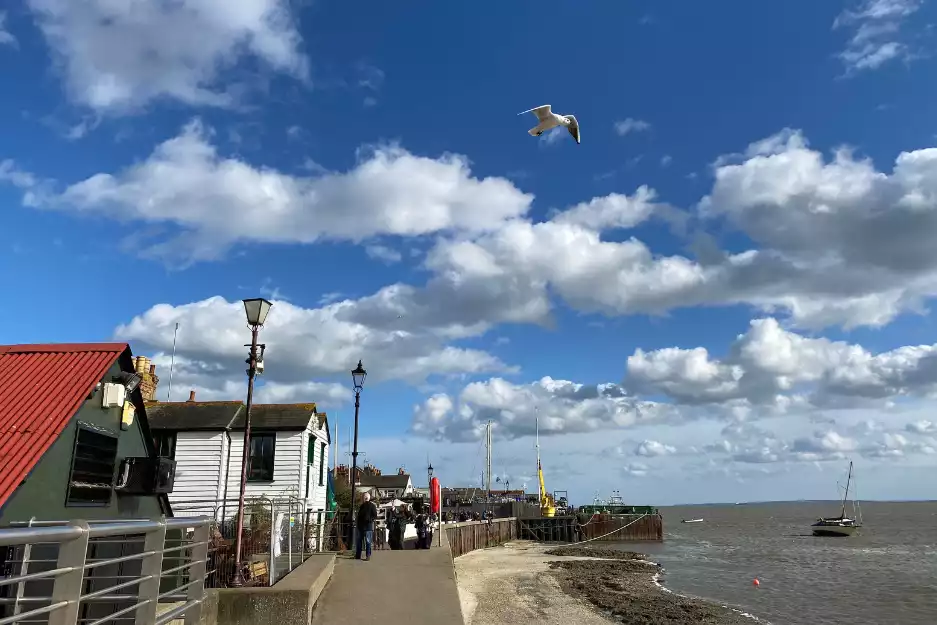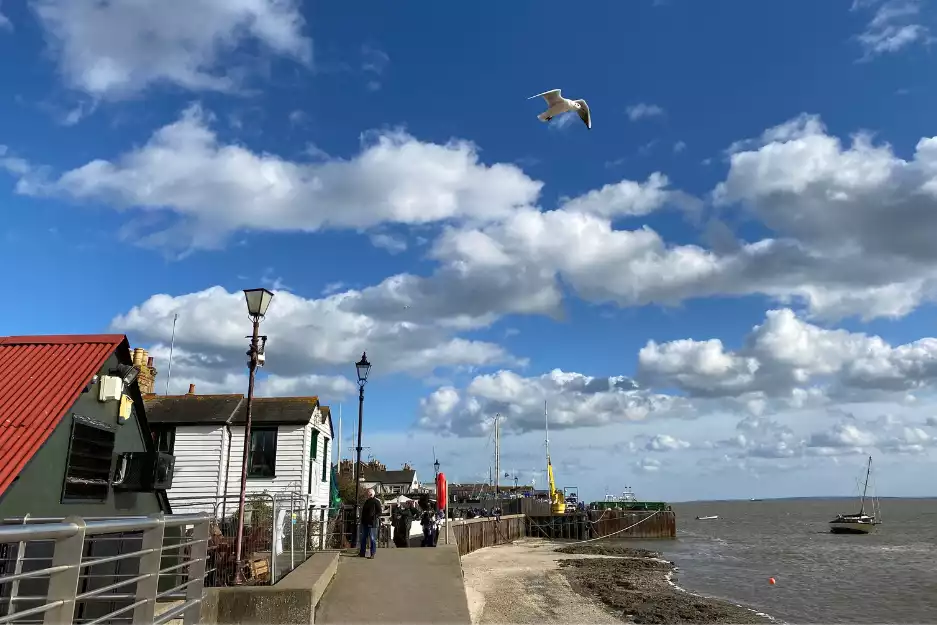-
AllAnytime Fitness Gym Art Beer Of The Week Blog Bus Fares Bus Service Business Business Expo C2C Care Care Home Charity Children Christmas Cinema City Status Cliffs Pavilion Cliffs Pavilion Review Cocktail Recipes College Community Competition Construction Coronation Coronavirus Dannielle Emery Design Easter Education Electoral changes Leigh on sea Emma Smith Employment Emsella Chair Environment Essex & Suffolk Water News Essex Police Essex Wildlife Trust News Events Family Fun Fashion Festival Film Finance Fitness Food Food & Drink Football Foulness Bike Ride Fresh Face Pillow Company Gardening General Election Hair & Beauty Halloween Harp Havens Havens Hospice Havens Hospices Havens Hospices Health & Fitness Health & Beauty Health & Fitness Healthwatch Southend Historicaleigh History Holidays Housing Indian Indirock Jubilee Karen Harvey Conran Kids Kids Blogs Kids Competitions Kids Reviews Lazydays Festival Legal Legal Eagle Leigh Art Trail Leigh Folk Festival Leigh Library Leigh On Sea Finds Leigh Road Leigh Town Council Leigh Town Council Press Release Leigh on Sea Leigh on Sea Sounds Leigh on sea Folk Festival Leigh on sea Marathon Leigh on sea Town Council Leigh on sea man breaks marathon record Leigh on sea news Lifestyle Livewell Southend Press Release LoS Shop London London Southend Airport Los Shop Marathon Melinda Giles Mortgage Angel blog Mortgages Motherofalloutings Mughal Dynasty Music My Mortgage Angel MyLoS NHS News News Newsletter Offers Outfit Of The Week Palace Theatre Parenting Parking Pets Picture Of The Week Pier Politics Press Release Press Release Southend City Council Professional Property Property Of The Week RSPCA Ray Morgan Re:loved Recipes Recycling Restaurant Restaurant Review Restaurants Review Roads Rotary Club Royal Hotel Royal Visit SAVS Schools Seafront Shopping Shows & Music Review Shows & Music Shows & Music Review Southend Southend Airport Southend Borough Council Press Release Southend City Bid News Southend City Council Southend City Council Press Release Southend City Council Press Release Southend Community Safety Southend Hospital News Southend In Sight Southend In Sight Southend In Sight Press Release Southend on Sea Sport The Mortgage Mum The One Love Project The Ship Hotel Theatre Theatre Blog Theatre Review Theatre review Transport Travel Travel Veolia Village Green Volunteer Weddings Whats On c2c
St Clements Church
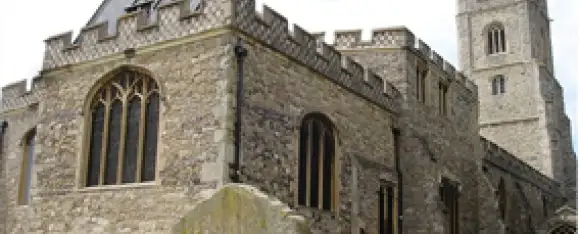
St Clement’s is very much of the Anglo-Catholic tradition in the Church of England. The Sacraments are very much at the heart of what we do – and indeed who we are.
Our Patron Saint: St Clement I, Pope and Martyr St Clement, to whom our church is dedicated, was a Roman citizen of noble birth. Whilst in Jerusalem, he was baptized by St Peter, and is mentioned by St Paul as one of his “fellow labourers” (Philippians 4:3). Ultimately, he became Bishop of Rome, the third after St Peter. His distinguishing emblem refers to the manner of his martyrdom under the Roman Emperor Trajan (c.100AD): For his faith in Jesus Christ, St Clement was bound to a heavy anchor and thrown into the sea. Saint Clement is one of the patron saints of fishermen, so it is appropriate that he should be Patron Saint of Leigh, with the town’s long seafaring tradition and cockling industry.
A Brief History
Canon John Bundock writes rather romantically, “The crowning glory of Old Leigh is St Clement’s Church standing on its incomparable position with its massive tall tower overlooking the estuary, a beacon for those at sea and a sentinel over the village community.” There may well have been an earlier place of worship on the present site (we note that the register of Rectors recalls the first as in post from 1248), although nothing is now known of it.
The oldest part of the building comprises the present north aisle, dating from c.1400. Legend has it that the stones from which the church is built were taken from the ruins of Hadleigh Castle some way to the west, but this is wholly apocryphal
Into the north wall of the present building are set some stone steps leading up to the long since removed Rood Screen. The ceiling of the north aisle seems to resemble the inverted hull of a ship, and it is thought that the boat builders of medieval Leigh may have constructed it.Sometime in the next hundred years the centre aisle and tower were built, in the same Kentish rag-stone. To this was added the redbrick Tudor porch on the south side. The extension of the chancel eastwards in 1872 was the first major change to the ground plan for nearly 400 years. In 1897 the south aisle was added and the medieval south wall pierced with an arcade. 1913 saw the building of the Lady Chapel in memory of the saintly Edward King (1829-1910), Bishop of Lincoln, and brother of the former Rector, Canon Walker King, and uncle of the then Rector, Canon Robert King.
Features
Attractive features of the church include the much-admired Poppyhead pews, each one thought to be of a unique design. The beautiful east window depicting the Crucifixion is of hand-painted enamel, rather than, as is often supposed, stained glass. It dates from c.1850, and is probably German. The lovely statue of Mary, in the Lady Chapel, was given to the church in 1914. In 1988, a superb copy of Andrei Rublev’s famous icon of the Holy Trinity was placed in the north aisle, a gift from its maker, the late Archimandrite David of Walsingham.
Recent Developments
Church buildings require occasional reordering to meet the changing needs of the people. To this end, here at St Clement’s, the Chancel area was reordered in the mid-1990s and a Nave Altar introduced.
The Lady Chapel also received some refurbishment, the work being completed in 1998. A handsome timber screen, made in 1915 by Essex craftsmen, was transferred from another church in the Diocese and placed in the arch between the chapel and the south aisle.
Three pieces of beautiful wrought-iron work, by the renowned Victorian architect John Bodley, originally placed in St Matthew’s, Westminster, now form features of the chapel: the gates to the timber screen, the gates between the chapel and the chancel, and the bracket above Our Lady’s statue.
Rectors
It is remarkable that in the whole of the 20th Century, only four Rectors served the parish. Canon Robert Stuart King succeeded his father in 1892 and served until his death in 1950. He was followed by Father John Head, Rector until 1973. Father Raymond Smith then served until 1986, and was succeeded by Father Stephen Jones who served until 2001. The present Rector is Fr Kenneth Havey.ADD A COMMENT
Note: If comment section is not showing please log in to Facebook in another browser tab and refresh.



